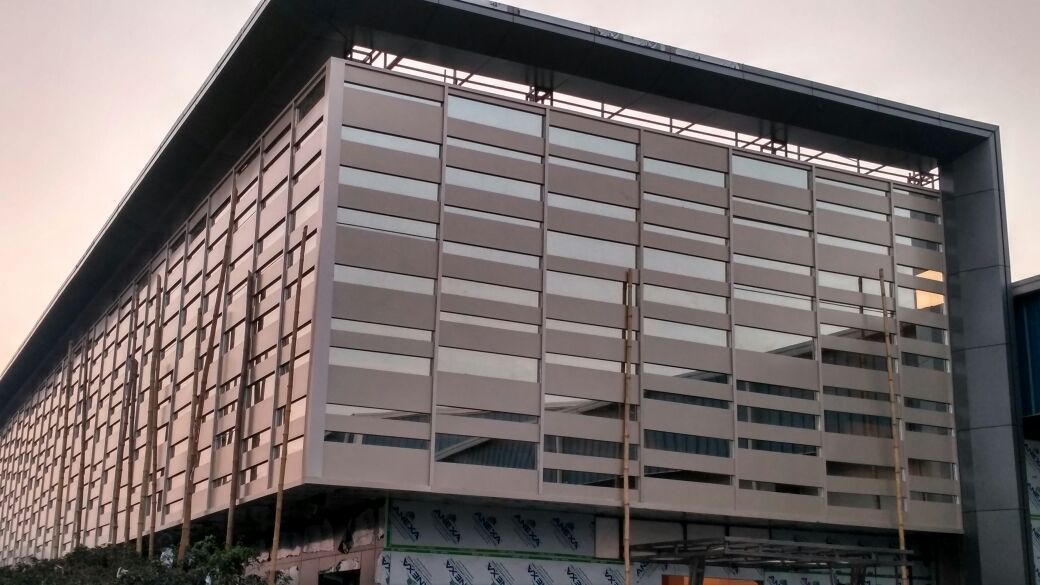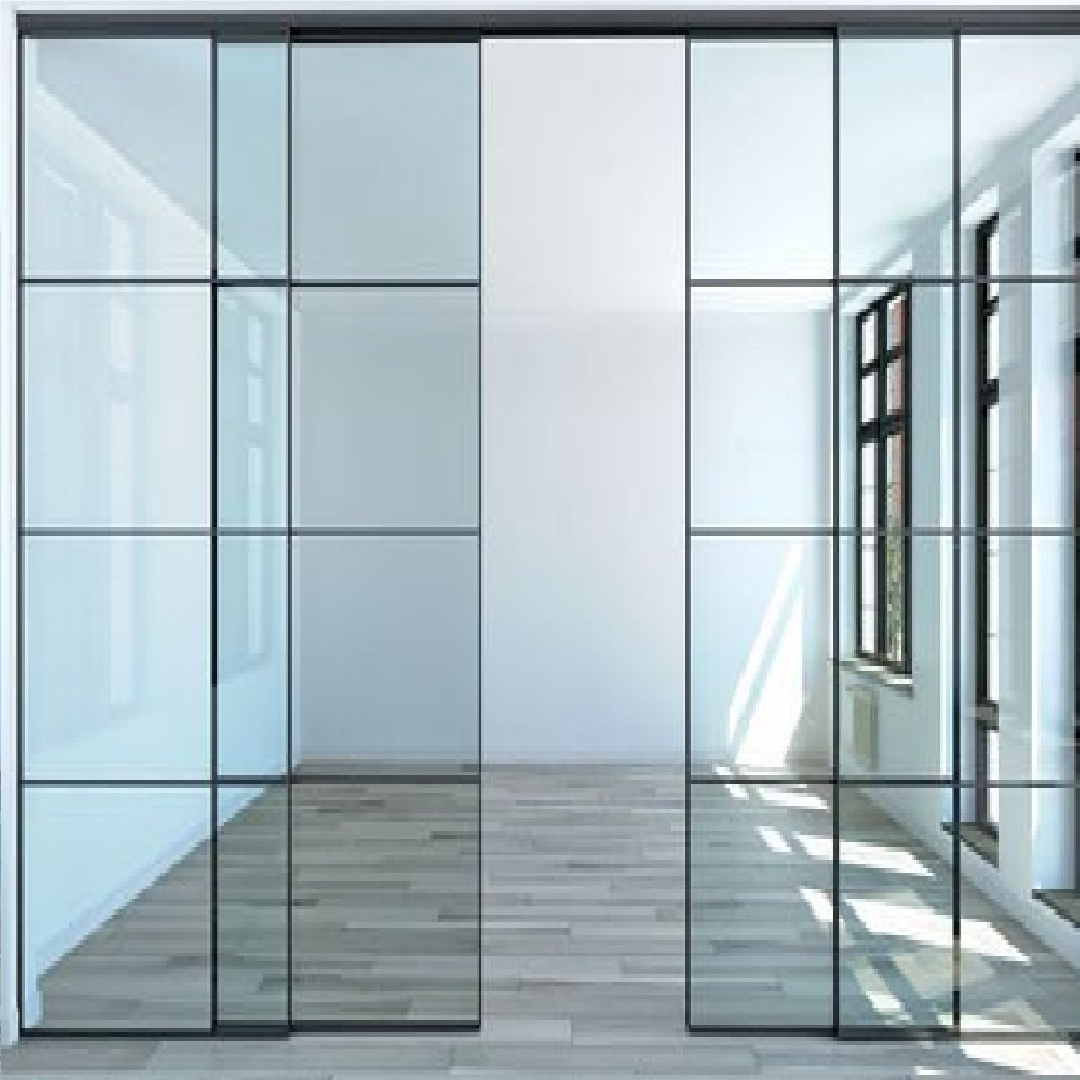Stainless steel railing is a popular choice in construction and architecture for both functional and aesthetic reasons. Stainless steel offers a combination of durability, corrosion resistance, and a sleek modern appearance. Here are key aspects of stainless steel railing systems:
Material:
Stainless Steel Alloy: Stainless steel used in railing systems is typically an alloy, often of iron, chromium, nickel, and other elements. The addition of chromium provides corrosion resistance.
Features of Stainless Steel Railing:
Corrosion Resistance: One of the primary advantages of stainless steel is its resistance to corrosion, making it suitable for both interior and exterior applications.
Strength and Durability: Stainless steel is a strong and durable material, providing structural integrity and a long lifespan.
Low Maintenance: Stainless steel requires minimal maintenance. It is easy to clean and does not corrode or tarnish over time.
Aesthetic Appeal: The sleek and modern appearance of stainless steel adds a contemporary and stylish look to the railing, making it suitable for various design styles.
Versatility: Stainless steel railings are versatile and can be used in various settings, including residential, commercial, and industrial applications.
Adaptability: Stainless steel can be easily shaped and customized to fit different design requirements, allowing for creativity in railing designs.
Types of Stainless Steel Railing:
Handrails: Provide support and safety for stairs and walkways.
Balustrades: The combination of handrails and vertical or horizontal supports, often used for balconies, decks, and staircases.
Guardrails: Used for safety and fall protection, especially in elevated areas.
Cable Railing: Utilizes stainless steel cables instead of traditional vertical or horizontal bars, providing a minimalist and open look.
Finishes:
Polished Finish: A high-gloss finish that enhances the visual appeal.
Brushed Finish: A matte finish that resists fingerprints and scratches.
Powder-Coated Finish: Stainless steel can be powder-coated to add color or enhance durability.
Installation:
Stainless steel railing systems are typically installed by professionals to ensure proper alignment, stability, and safety.
Code Compliance:
It’s important to ensure that the design and installation of stainless steel railing comply with local building codes and safety regulations.
Maintenance:
Regular cleaning with a mild detergent and water is usually sufficient to maintain the appearance of stainless steel railings.
Stainless steel railings are a popular choice for those seeking a combination of functionality, durability, and modern design in their architectural and construction projects.



